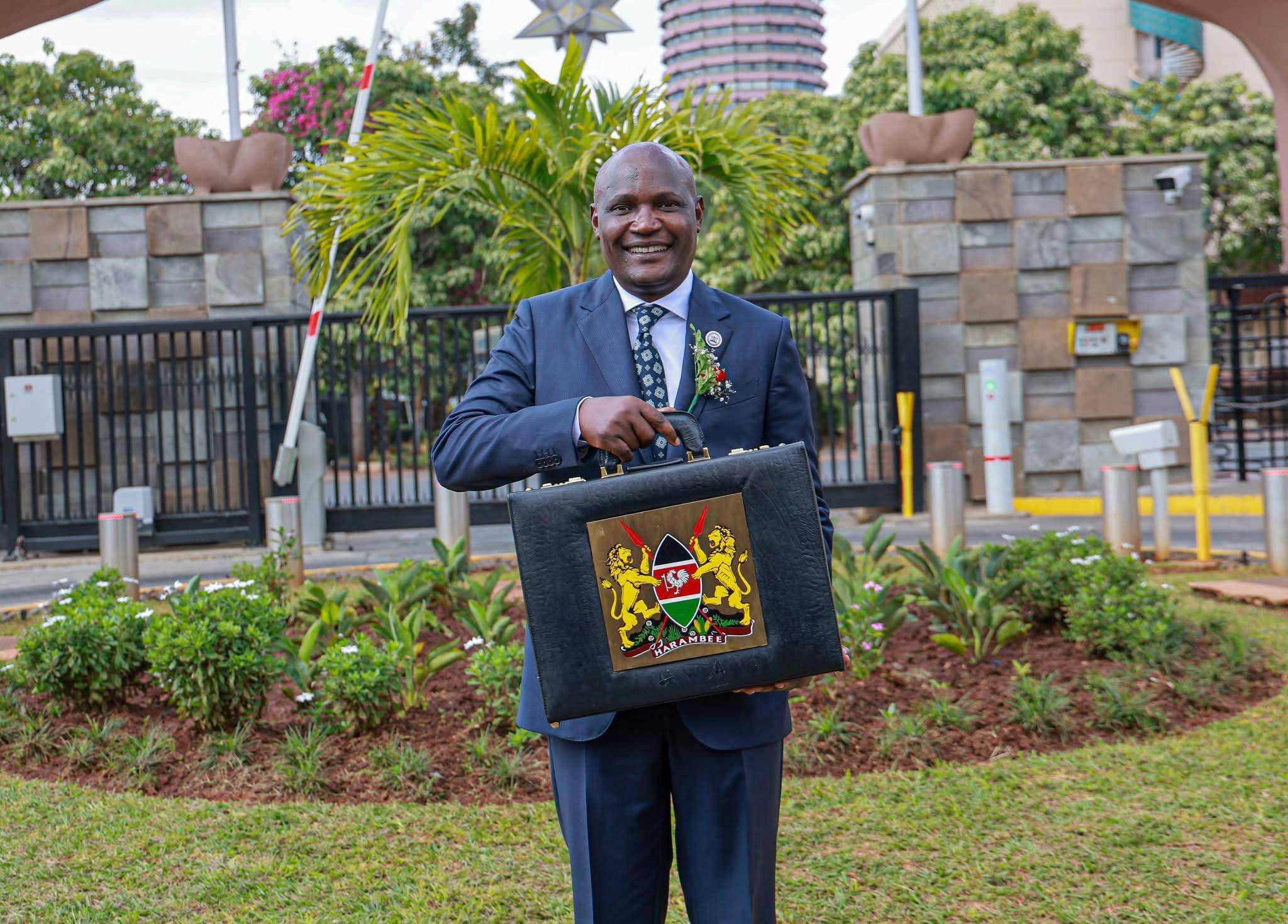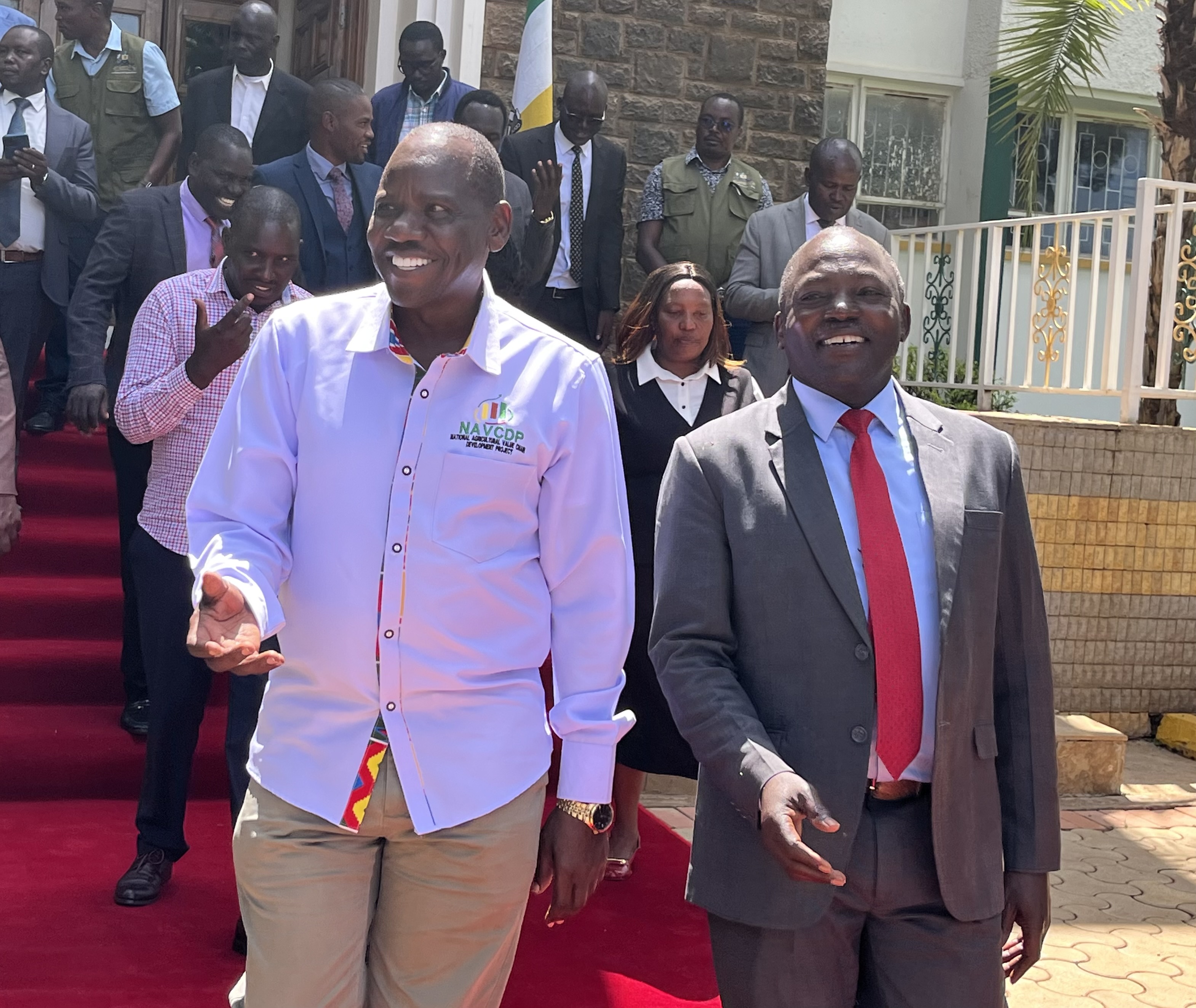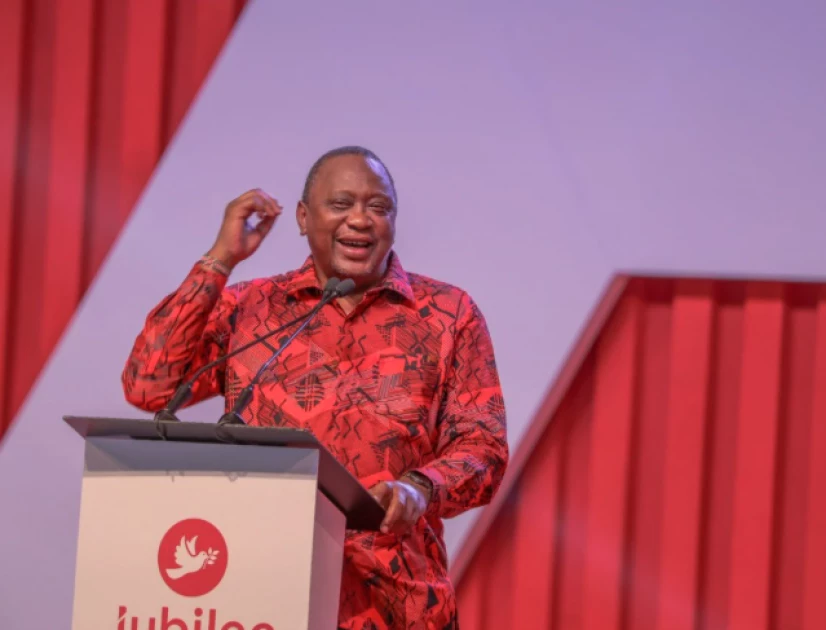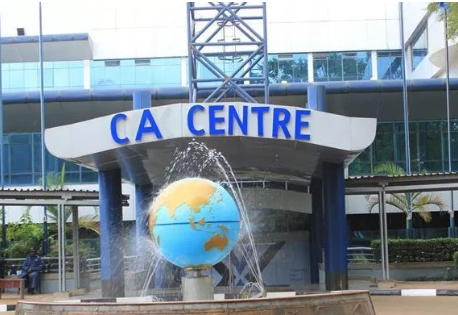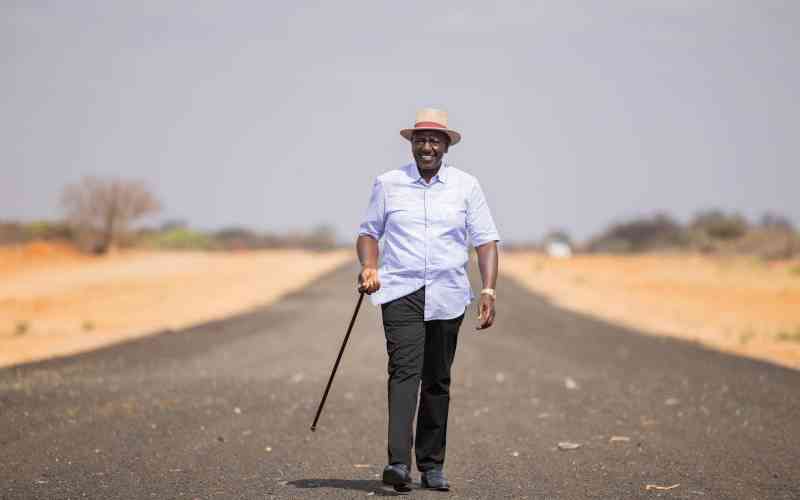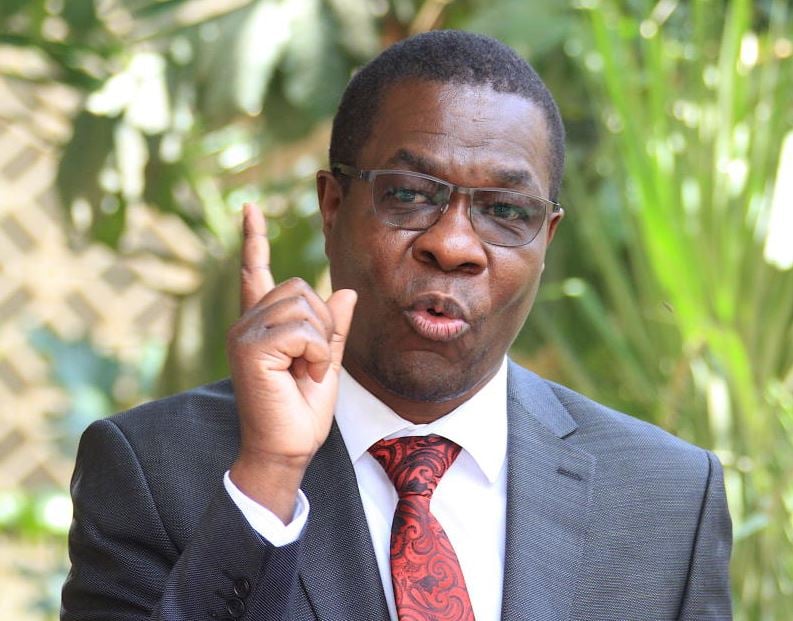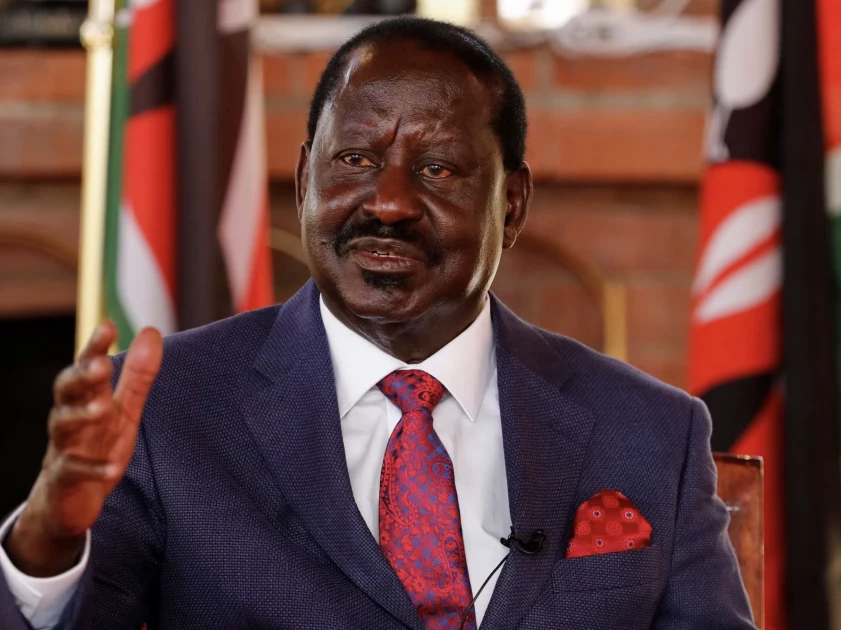Healthcare Sector Gets Historic Boost in 2025/26 Budget Despite Cuts to Key Programmes
Kenya’s 2025/26 budget has allocated KSh138.1 billion to the health sector, marking a significant funding increase. Primary healthcare, cancer treatment, and disease control efforts received major boosts. However, key programmes like Universal Health Coverage and vulnerable group support faced notable budget cuts.
In a significant step towards revitalizing Kenya’s healthcare system, the national government has allocated KSh138.1 billion to the health sector in the 2025/26 financial year. This notable increment, up from KSh127 billion in the previous fiscal year, reflects the governments intensified focus on advancing the Affordable Healthcare agenda—a core pillar of the national development strategy.
Treasury Cabinet Secretary John Mbadi, while presenting the budget estimates in Parliament on Thursday, June 12, hailed the enhanced allocation as a powerful demonstration of President William Ruto’s administration’s commitment to ensuring accessible, affordable, and quality healthcare for every Kenyan. The move effectively ends a three-year streak of declining health budgets and sends a clear signal that health is once again a national priority.
"This renewed investment is aimed at strengthening healthcare delivery from the grassroots to the national referral hospitals," said CS Mbadi, noting that a well-funded health sector forms the backbone of a productive and resilient nation.
A major highlight of the budget is the sharp increase in funding for primary healthcare, which has been raised from KSh7.1 billion to KSh13.1 billion. This investment is expected to greatly enhance health services at the community level, reduce strain on larger hospitals, and promote preventive healthcare measures.
Additionally, the government has committed Sh8 billion to the Emergency, Chronic and Critical Illness Fund, managed by the Social Health Authority. This fund will provide crucial support for patients dealing with life-threatening and long-term illnesses—a sharp increase from the Sh3 billion allocated in the previous financial year.
The budget also shows strong backing for disease control and immunization efforts. CS Mbadi allocated Sh17.3 billion to the Global Fund for the continued fight against HIV/AIDS, tuberculosis, and malaria, along with Sh4.6 billion earmarked for national vaccine and immunization programmes. These funds are anticipated to help sustain gains made in public health and expand coverage, particularly among underserved communities.
In a boost to cancer care, the government has allocated Sh1 billion for the establishment of a cancer center at Kisii Level IV Hospital. Additionally, Sh100 million each has been earmarked for improving cancer treatment services at Kenyatta National Hospital (KNH) and Kenyatta University Teaching, Referral and Research Hospital. KNH is also set to benefit from an additional Sh1.3 billion for the construction of specialized pediatric and burns treatment centers.
The government’s major referral hospitals—including Moi Teaching and Referral Hospital, Jaramogi Oginga Odinga Teaching and Referral Hospital, Mwai Kibaki Hospital, and Mathare National Hospital—will receive a combined total of Sh42.4 billion to support operations and upgrades.
To enhance the medical supply chain and research capacity, KEMSA has been allocated Sh5.2 billion, while KEMRI will receive Sh2.7 billion. Moreover, Sh500 million has been set aside for family planning and reproductive health commodities, and Sh300 million for equipping national blood transfusion services.
In efforts to build a robust and sustainable healthcare workforce, the budget provides Sh4.3 billion for medical interns, Sh3.2 billion for community health promoters, Sh303 million for training programs, and Sh8.9 billion for Kenya Medical Training Colleges (KMTC).
Despite these major strides, the budget has raised eyebrows over sharp funding cuts to some essential programmes. Most notably, the allocation for Universal Health Coverage (UHC) has been reduced drastically—from Sh42 billion in 2024/25 to just Sh6.2 billion. Similarly, support for medical insurance targeting orphans, the elderly, and persons with severe disabilities has been slashed by half—from Sh861.5 million to Sh430 million.
While many have lauded the overall increase in health sector funding, critics argue that the reductions in UHC and vulnerable group support could impede Kenyas journey toward inclusive and equitable healthcare.
As Parliament begins deliberations on the 2025/26 budget, the healthcare allocation stands as a mix of optimism and concern—offering fresh opportunities for transformation but also posing questions about prioritization and sustainability. Nonetheless, the governments renewed financial commitment to health services marks a welcome turnaround and offers hope for stronger, community-centered healthcare delivery across the nation.


